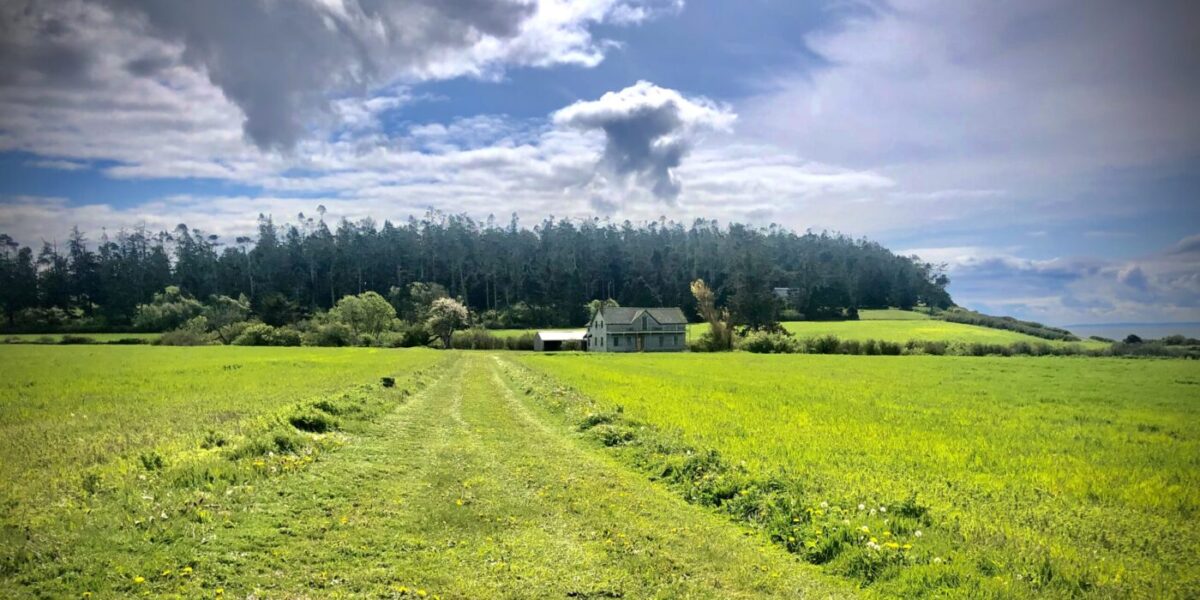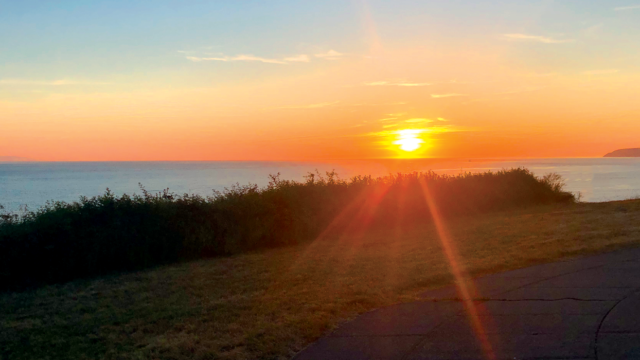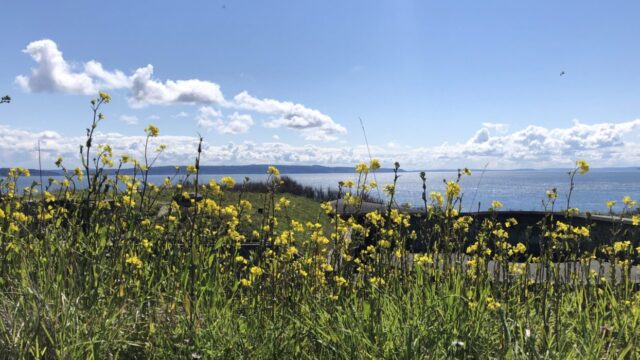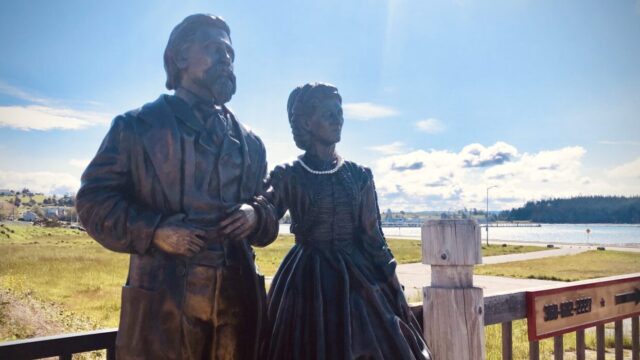Originally from Ireland, unique circumstances brought my fourth great grandparents Francis and Grace (née Mullen) McCrohan to Australia and its New South Wales penal colony in the 1830s. Their daughter, my third great grandmother Elizabeth, was born in Australia and married her Irish husband Thomas Nunan there. By 1858, circumstances had changed and Francis and Grace, along with most of their children, began the journey to America, landing in Port Townsend before settling in Whidbey Island. I don’t know anything about their trip. Where did they first land? What was it like? How long did it take? All I know is, in Washington, which would remain a territory for another three decades, they settled as some of the earliest pioneers and created a new life.
It couldn’t have been easy, but starting anew in a place of possibility is an inspiring story for me, one I marvel at as I now explore the land they called home.
Imagine Oak Harbor, the now bustling Navy town, as just a small settlement located near the water. Picture the Garry Oaks, for which it is named, that dotted the landscape. It would be more than half a century before Deception Pass Bridge would be built, and the only connection to the mainland was by boat. Even then, the mainland was not the bustling cities and towns we know today. It was just as rural and isolated as Whidbey Island.
It was during that time that my ancestor Thomas Nunan, who served as sheriff and county commissioner on the island, would make the trip on horseback from Oak Harbor to Ebey’s Landing Ferry House to collect the mail from Port Townsend. The trail was thick underbrush and the nine-mile trek would have taken much longer than the 20-minute drive that it is today.
Now a historical site, the Ferry House is a 150-year-old treasure built in 1860. During that time, Thomas would travel to this building, ensuring Oak Harbor residents weren’t cut off from the mainland. Not currently open to the public, the structure is surrounded by green fields, dotted with yellow dandelions and mustard seed. It’s set back near a hill, nestled next to a grove of old trees. It looks its age, but maintains its grand appearance with a sense of pride. For more than a century, it has stood watch over the Salish Sea and has welcomed travelers to the island.
Staring at the grey clad exterior, I can’t help but feel the gravity of the moment. Standing yards away from the place Thomas journeyed to, I’m transported back in time. Back to the early pioneer days on the island. Back to a time when horseback and ferry were the only transportation options for island-dwellers, and, back to a time when my ancestors started a new life in a foreign land. The Ferry House may be just one story of their survival, but it remains a powerful reminder that what calls me to this island are the lives of those who came before me.








